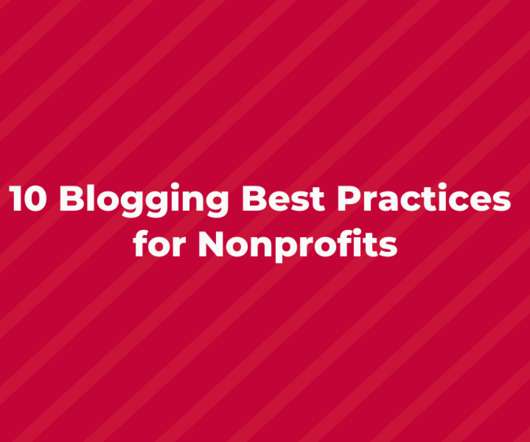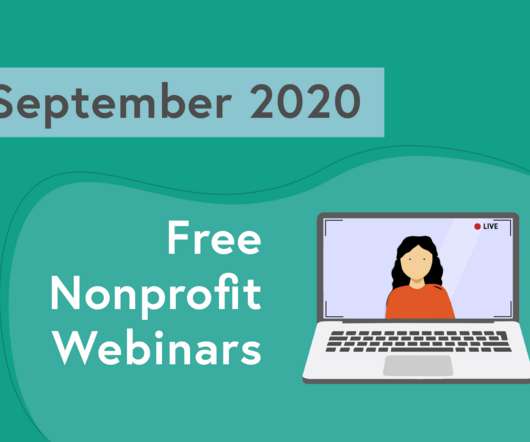10 Blogging Best Practices for Nonprofits
Nonprofit Tech for Good
AUGUST 24, 2020
This is the third post in a blog and webinar series called 101 Digital Marketing Best Practices for Nonprofits , written and presented by Heather Mansfield. Please sign up for Nonprofit Tech for Good’s email newsletter to be alerted of new posts. Thank you! Related Webinar: Website & Email Marketing Best Practices for Nonprofits. With more than 500 million blogs worldwide, many nonprofits may think that the world does not need another blog, but that’s simply not the case.











Let's personalize your content